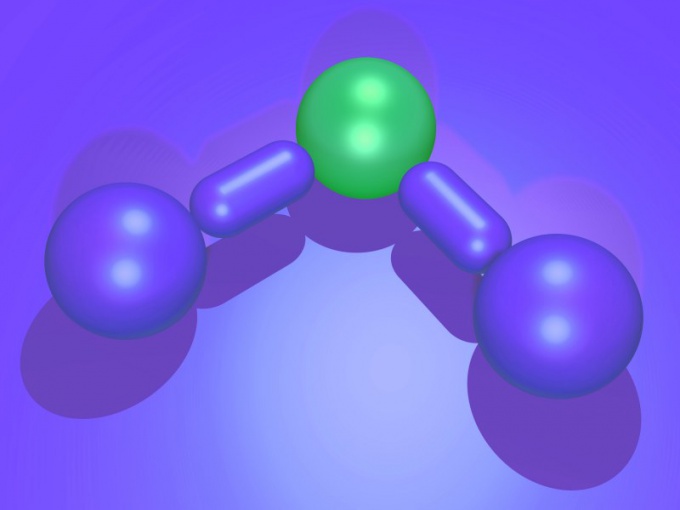Instruction
1
In the XIX century there were no ideas about the structure of the atom. The opening of D. I. Mendeleev was only a generalization of experimental facts, but their physical meaning has long remained unclear. When the first data on the structure of the nucleus and the distribution of electrons in atoms, it is possible to look at the periodic law and the system elements in new ways. Table of D. I. Mendeleev makes it possible to visually trace the periodicity of properties of elements found in nature.
2
Each element in the table is assigned a specific sequence number (H - 1, Li - 2, Be - 3, etc.). This number corresponds to the charge of the nucleus (number of protons in the nucleus) and the number of electrons rotating around the nucleus. The number of protons, therefore, equal to the number of electrons, and this suggests that under normal conditions, the atom is electrically neutral.
3
The division into seven periods is happening to the energy levels of the atom. The atoms of the first period have a single-level electronic shell, the second duplex, and the third a three-tier, etc. When filling a new energy level starts a new period.
4
The first elements of every period are characterized by atoms with one electron at the outer level, are atoms of alkali metals. The period ends with the atoms of noble gases have completely filled outer electron energy level: in the first period, noble gases have 2 electrons in the next - 8. It is because of the similar structure of the electron shells of the group of elements have similar physical and chemical properties.
5
In the table of D. I. Mendeleev present 8 major subgroups. Such a number is due to the maximum possible number of electrons on the energy level.
6
At the bottom of the periodic system selected lanthanides and actinides as a separate series.
7
Using the periodic table you can observe the periodicity of the following properties of the elements: the radius of the atom, the volume of the atom; ionization potential; the strength of the affinity with the electron; the electronegativity of the atom; oxidation; physical properties of potential compounds.
8
For example, the radii of atoms, when viewed along a period decreases from left to right; grow downwards, if you look along the band.
9
A clear periodicity arrangement of elements in the table Mendeleyev rationally owing to the continuous nature of the filling of electron energy levels.
